With input shorted, 10Hz-100kHz output is about 1.76mVrms, which indicates the referred input voltage noise density of the EmoeNAP is about 450pV/√Hz (at 1kHz).
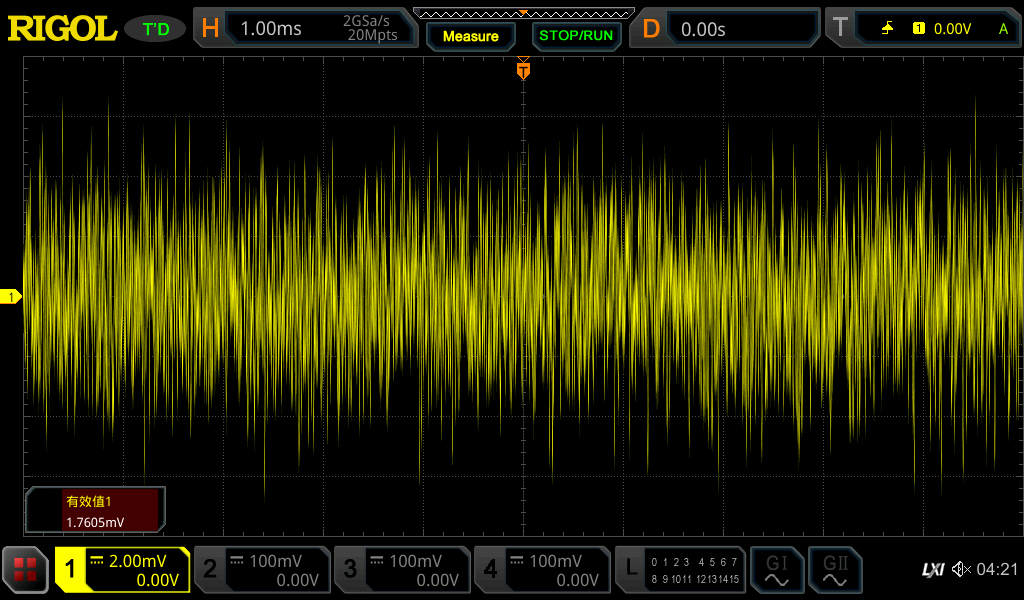
And connect a 50-ohms load to input, the 10Hz-100kHz output is about 3.654mVrms.
The theoreticle Johnson-Nyquist noise (thermal noise) of a 50-ohms resistor in 10Hz-100kHz bandwidth is 316nVrms, combined with EmoeNAP's noise floor (1.76mVrms/10000),the total input voltage noise should be about 361nVrms, and after 80dB voltage gain, 3.61mVrms is very close to 3.654mVrms. This test verified the EmoeNAP's extraordinary ability to measure a 50 ohms resistor's thermal noise precisely.
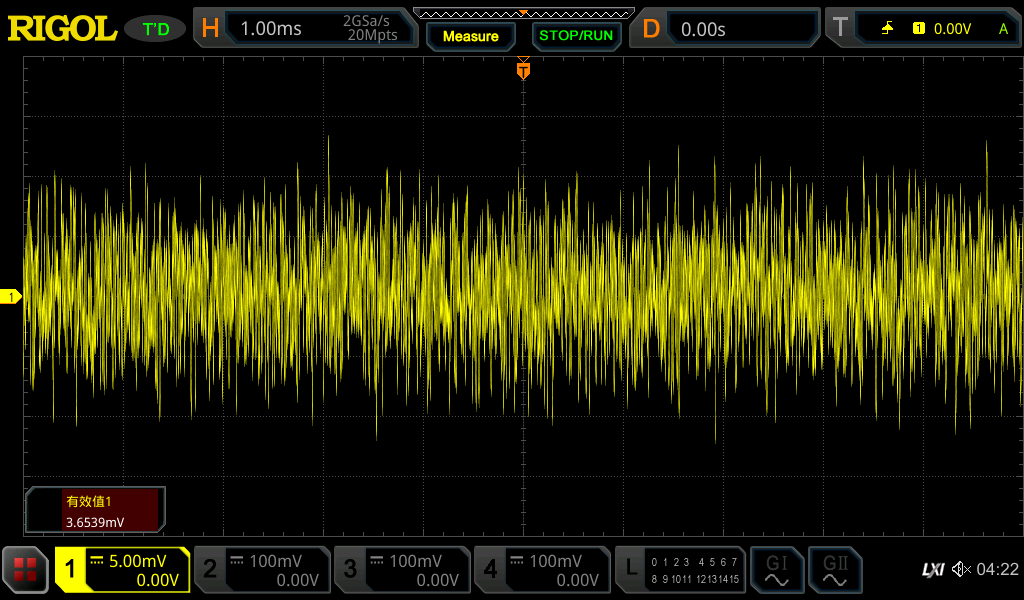
And I alse tested the LM399 voltage reference's output voltage noise.
According to LM399's datasheet, we can estimate it's output voltage noise in 100Hz-100kHz should about 30uVrms (the best). And the datasheet also gives the voltage noise in 10Hz-10kHz, we can see it varies.
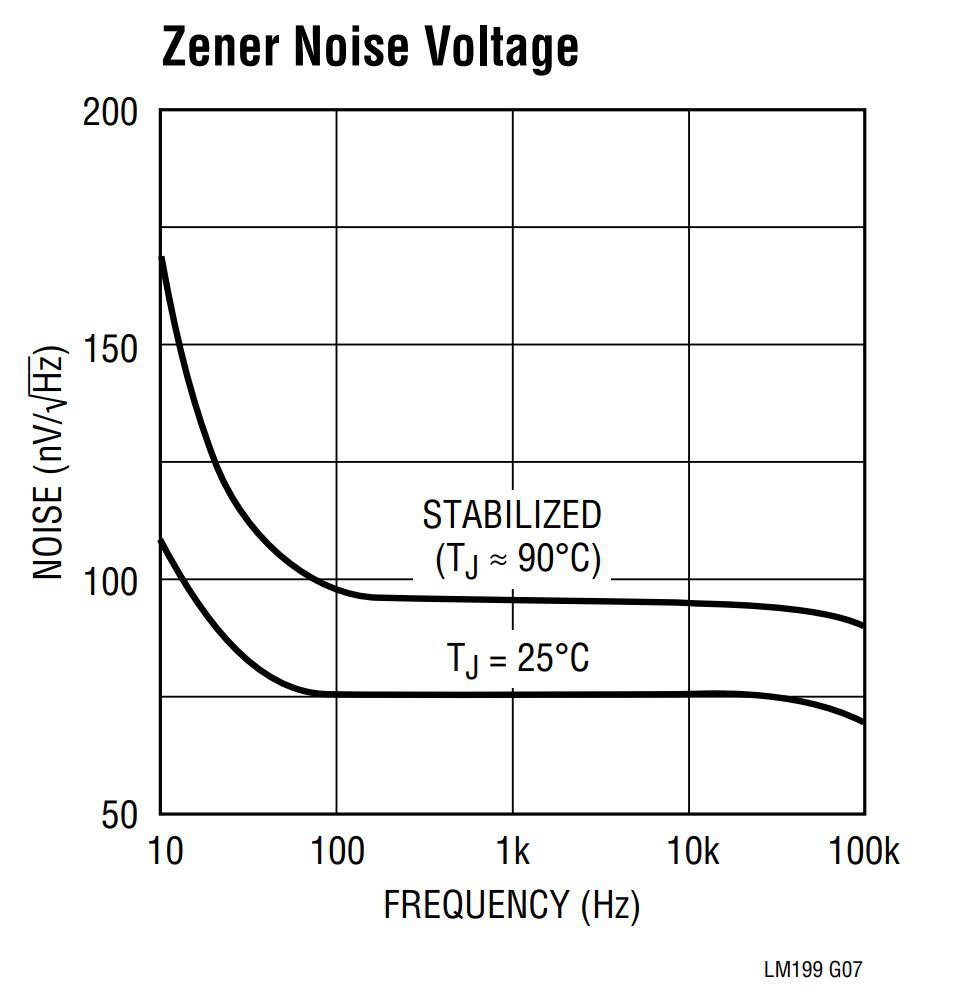
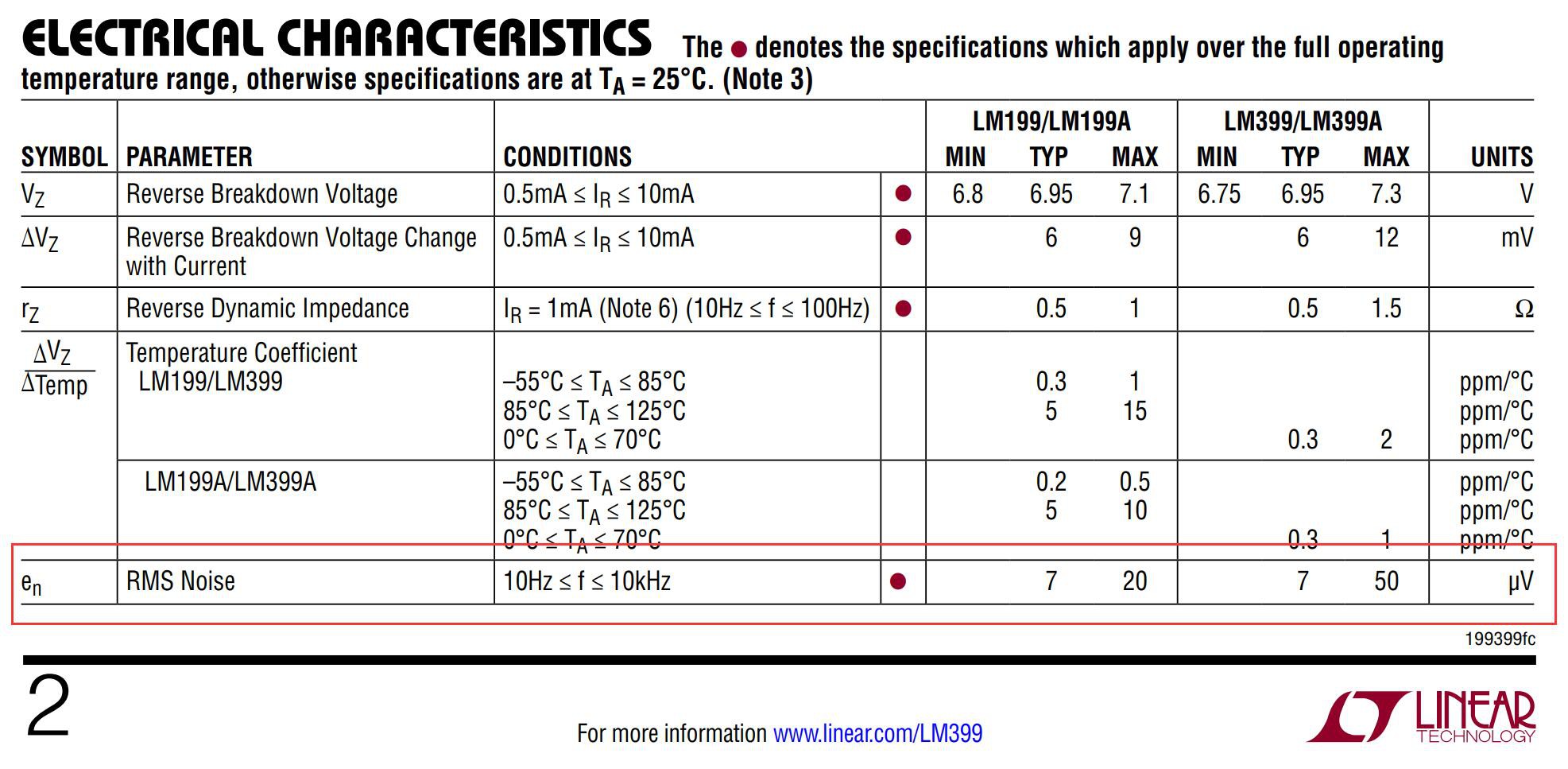
And we can test it now. The output result shows that my LM399 gives about 44.2uVrms output voltage noise in 10Hz-100kHz bandwidth.
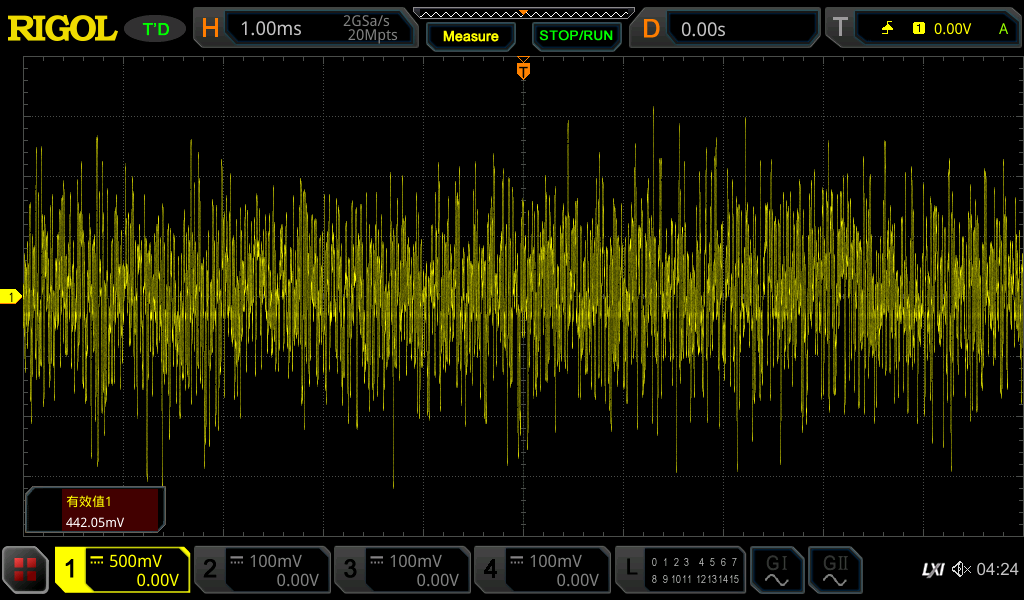
More Information (building process and instruction) can be found on external links (on emoe.xyz, in Chinese).
Project files and simple usage docs are hosted on github
 Floydfish
Floydfish
What is your contribution on top of what was published in AN-159?